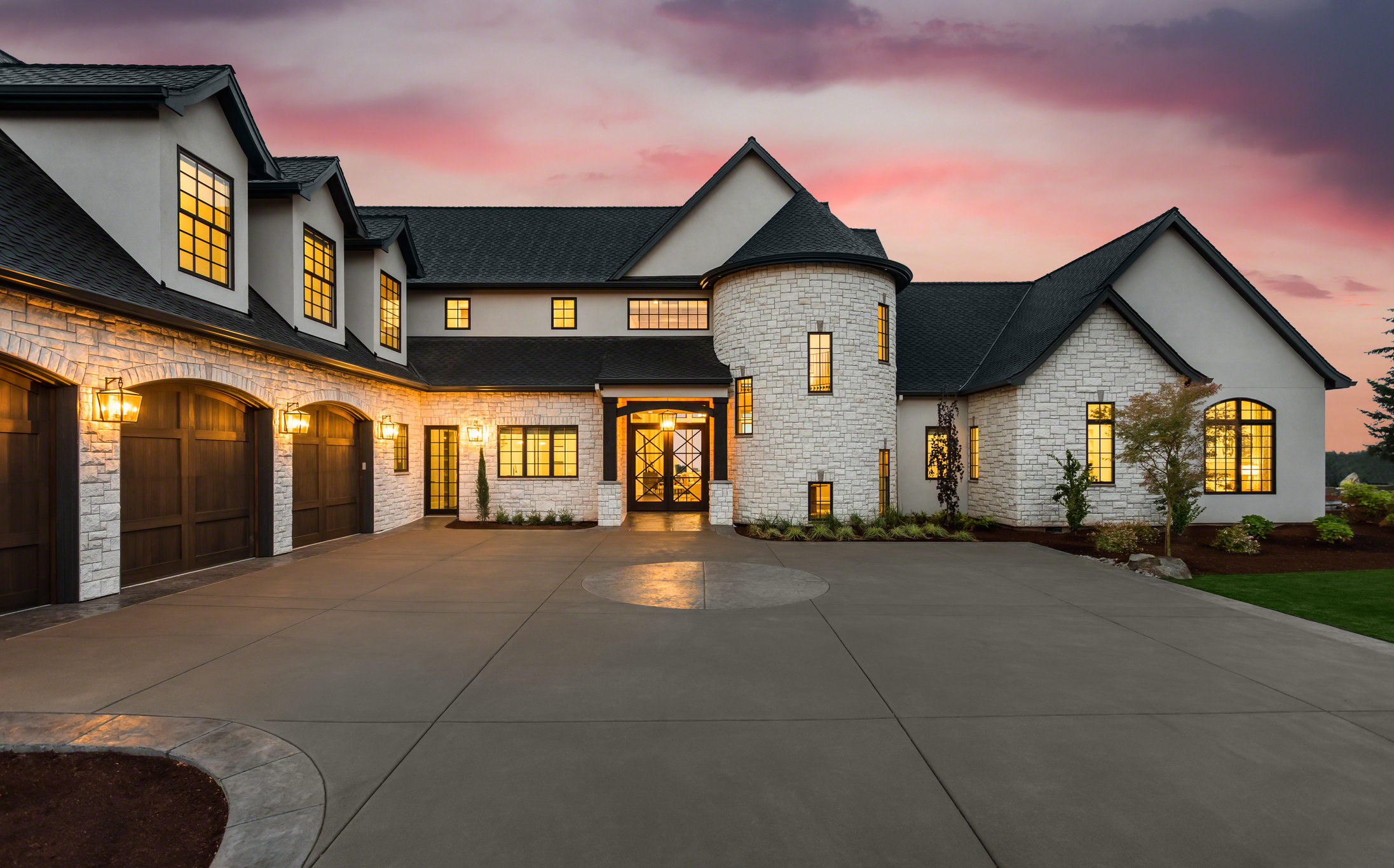
Remodeling a house in San Diego can be exciting, but homeowners need to understand the costs involved in such a project. The most expensive part of a home remodel can vary depending on the project scope and the specific renovations. Certain aspects of a remodel can be more costly than others, such as kitchen and bathroom renovations, extensive structural changes, or luxury additions.
Understanding the fundamental costs of remodeling allows homeowners to make informed decisions and set realistic budgets for their projects. Hiring professional contractors, obtaining permits, and sourcing materials will impact the overall cost and timeline. The costs can differ in the San Diego area due to local labor rates, material availability, and regional permit requirements.
Investing in luxury additions or high-end materials can further increase the cost of a home remodel. While these features can enhance the appearance and functionality of the space, it’s essential to weigh the financial impact of such choices against the potential return on investment, especially when it comes to selling the property in the future.
When remodeling a house in San Diego, it’s essential to grasp the price per square foot concept. This metric is commonly utilized in the construction and remodeling industry to approximate the costs associated with various projects. It serves as a helpful benchmark for cost comparison between projects and locations. Remember that numerous factors can influence this figure, such as project complexity and the level of customization required.
Homeowners should consider the overall costs of remodeling a house in San Diego before understating the importance of location. The neighborhood, accessibility to resources, and market trends play a significant role in determining the costs for materials, labor, and permits. Urban areas with higher cost of living usually result in increased remodeling expenses compared to more rural locations.
A substantial part of your remodeling budget in San Diego will consist of the cost of materials and labor. The quality and durability of the materials selected will directly impact your project’s final price. In addition to that, hiring skilled professionals is crucial to ensure the final result meets your expectations. This combination of materials and labor will ultimately define the quality and longevity of the remodeling project.
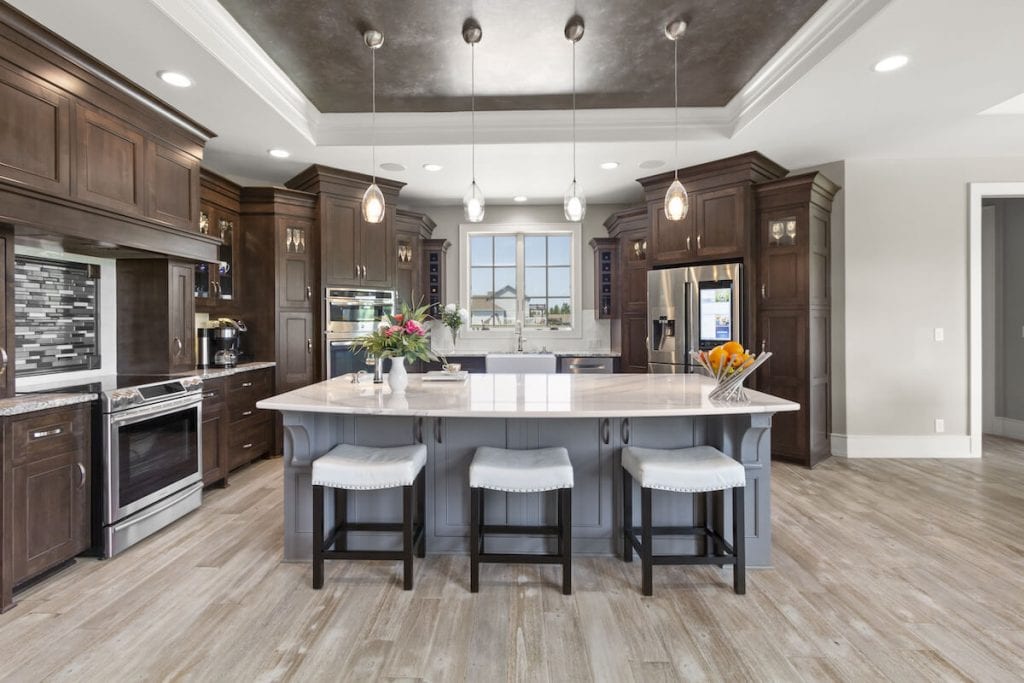
The most expensive part of remodeling a house in San Diego is often the design and customization aspect. Custom-designed homes require more planning, materials, and labor than a standard renovation. The cost can significantly increase when you choose unique features, finishes, and materials.
For example, a custom kitchen remodel in San Diego may cost between $125,000 and $150,000, depending on factors like the size of your kitchen and the materials you choose. It’s essential to balance your budget and preferences when planning your home revamp.
Another critical factor influencing the price of a remodeling project is the extent of the structural changes required. That includes building new walls, removing existing ones, and altering the layout to fit your vision. Additionally, if you’re considering a home addition, you must decide between building up or building out. Keep in mind that structural changes typically involve acquiring permits, hiring architects, and coordinating with contractors, which adds to the overall remodeling cost.
Lastly, you must consider the importance of systems and utilities in your remodeling project. Upgrading or repairing plumbing, electricity, and heating or cooling systems can significantly impact your total renovation cost. Some common upgrades include installing energy-efficient appliances, rewiring electrical systems, or replacing aging pipes.
Expect to pay more if you need specialized professionals or if your home has unique requirements, such as being a historic structure. Remember to account for these additional expenses when planning your remodeling budget while considering any potential savings from improved efficiency and reduced utility bills.
In summary, the cost of remodeling a house in San Diego largely depends on the scope and complexity of design, customization, structural changes, and updating systems and utilities. Each element contributes differently to the overall expenses, so carefully consider each aspect when budgeting and planning your home renovation.
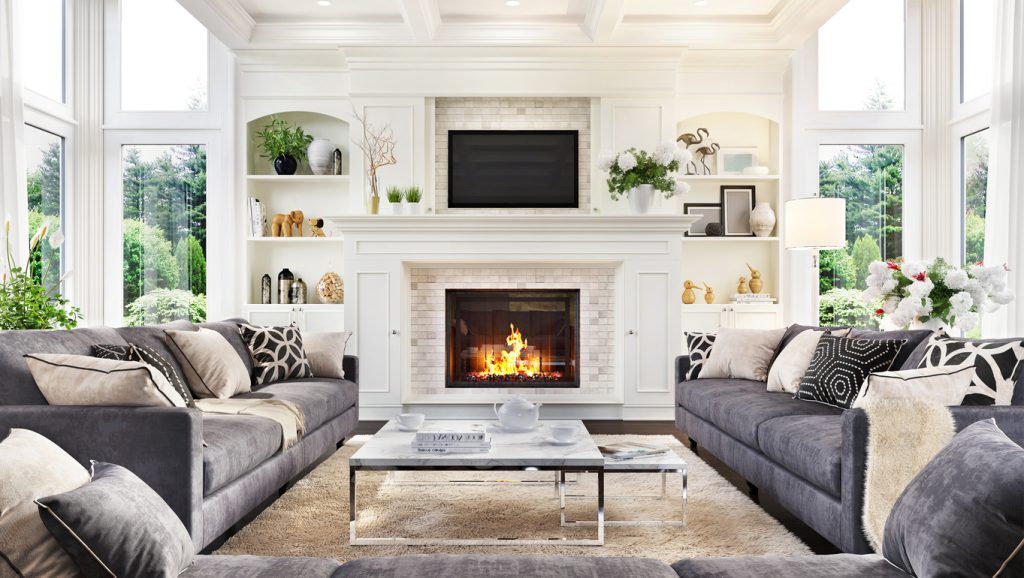
One popular choice for luxury home remodeling in San Diego is upgrading your entertainment spaces. High-demand features, such as a home theater or a wine bar, can significantly increase the overall cost of your remodeling project. However, these upgrades are worth the investment for those who love hosting guests or enjoy a luxurious at-home entertainment experience.
Incorporating elegant finishes into your remodeling project can also add to the expense. High-end materials such as marble, granite, or custom cabinetry not only elevate the aesthetics of your home but also contribute to its overall value.
Additionally, luxury touches like a walk-in closet can provide functionality and style for your living space. Keep in mind these additions and upgrades can impact your budget, but they will also enhance your home’s overall appearance and atmosphere.
Creating an outdoor living space is growing as a popular luxury remodeling choice in San Diego. Investing in elements such as an outdoor kitchen, pool, or pergola can create a seamless extension of your home and provide the perfect setting for entertaining.
It’s essential to remember that outdoor living space upgrades may require additional permits, specialized construction, and increased landscaping costs. However, the potential enhancement they offer for your home’s overall appeal and value can make them a worthwhile consideration for a luxury remodel.
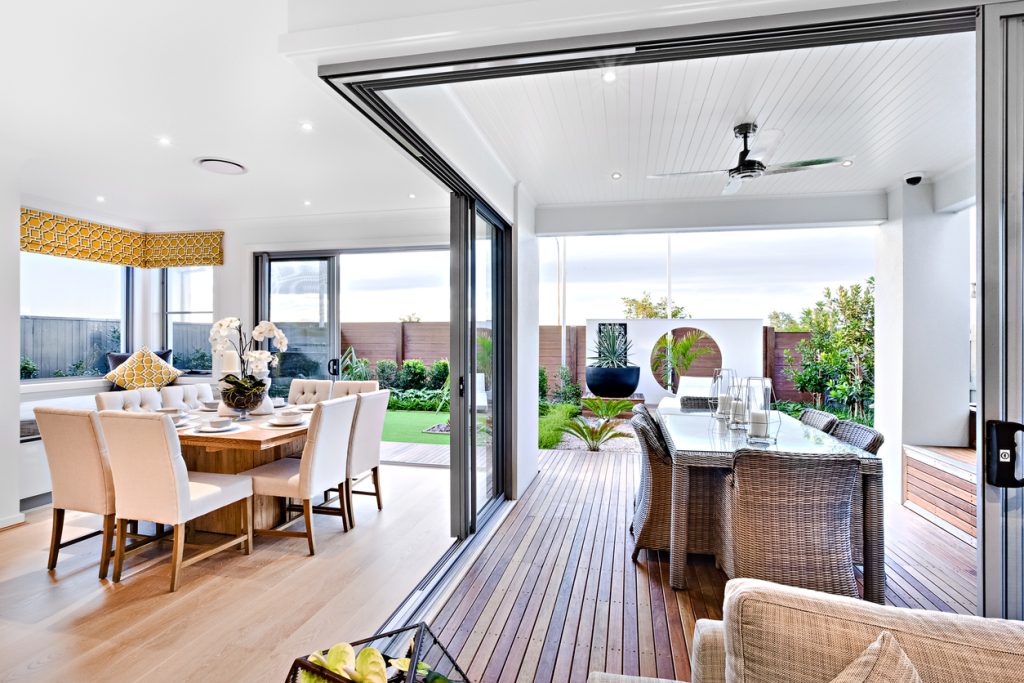
When remodeling a house in San Diego, one crucial aspect to consider is the need for zoning and permits. Upfront planning is vital to ensure your project complies with local regulations. You may need to secure two main types of permits: building permits and zoning permits.
Building permits cover structural and safety requirements, while zoning permits ensure that your project adheres to the area’s designated use and setback requirements. Obtaining these permits may require submitting plans, paying fees, and dealing with potential delays in approval.
Although San Diego has a mild climate, seasonal fluctuations can impact your remodeling schedule. Rainy seasons, typically from December to March, may slow down outdoor work such as excavation, foundation, or framing.
Planning your project to align with ideal construction seasons can help minimize delays and protect your renovation budget. For instance, scheduling outdoor work for dry seasons and indoor work for wet weather may help you avoid costly downtime.
San Diego’s diverse topography can present unique challenges when remodeling a house. Hillside properties, for example, may require additional soil stabilization, retaining walls, or grading. Coastal areas also demand special attention to erosion prevention and structural reinforcement against rising sea levels.
Before starting your renovation, familiarize yourself with the unique site conditions of your property. Enlist the help of professionals such as surveyors, engineers, and architects to ensure your remodel accurately addresses any topographical challenges.
By carefully considering zoning and permits, construction seasons, and topography, you can plan a renovation that aligns with local regulations and best practices, ensuring a successful remodel for your San Diego home.

When embarking on a remodeling project in San Diego, starting with a well-defined budget is essential to avoid unexpected issues later on. Carefully evaluate your finances and remember to reserve at least 10% of your budget for unforeseen costs. Researching the potential return on investment for each home improvement project is also advisable, as some renovations can add more value to your home than others.
When gathering estimates, it’s crucial to request bids from multiple contractors with a good reputation in San Diego. Clearly communicate your vision and expectations for your home renovation project to ensure accuracy. Be open to suggestions and ask for clarification regarding materials, labor, and the project’s estimated timeline.
As you select the contractor for your project, we recommend thoroughly reviewing their portfolio, testimonials, and license status to ensure a successful outcome. Additionally, consider obtaining written contracts that detail all aspects of the project, including costs, project timeline, and any guarantees on materials or workmanship.
Following these tips can help you:
In conclusion, planning and staying organized are critical factors for any successful remodeling project. By setting a solid budget, obtaining accurate estimates, and choosing a trusted contractor, you can ensure a smooth renovation experience and ultimately increase the value of your home in San Diego. Enjoy the process and watch as your dream home becomes a reality!
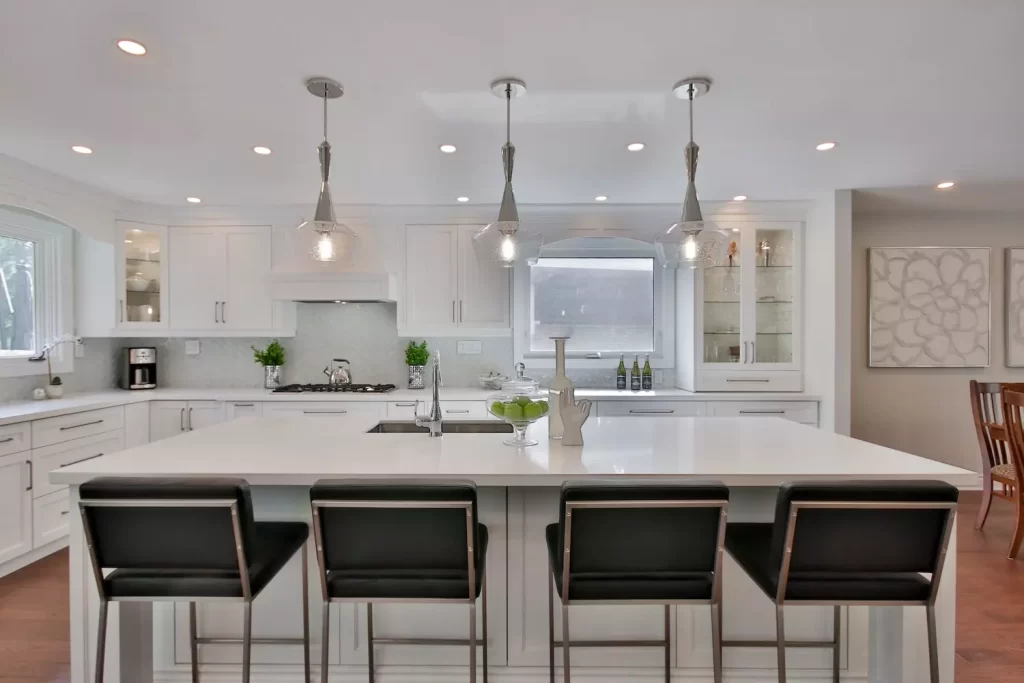
The cost of home renovation in San Diego depends on factors such as labor rates, materials, and equipment needed for the project. Homeowners can also expect that the price per square foot would influence the overall project cost, with San Diego homeowners spending around $250-300 per sqft for basic projects.
Remodeling costs vary for different parts of a house based on the complexity of the project, materials used, and labor rates. For example, kitchen remodels tend to be more expensive due to the high cost of labor and cabinetry.
Labor rates for remodeling contractors in San Diego can vary based on the contractor’s experience, reputation, and project scope. You should obtain quotes from multiple contractors to compare their pricing structures and select the best fit for your budget and renovation needs.
The cost to renovate a kitchen in San Diego depends on factors such as the size of your kitchen, the materials used, and the project scope. Homeowners in San Diego typically report spending between $80K and $100K for basic kitchen remodeling projects. However, costs can be higher if you upgrade appliances or materials or plan to expand your kitchen.
Converting to an open floor plan in San Diego can vary significantly in cost depending on the project’s scope, structural changes required, and materials used. It is advised to consult with a contractor or architect to obtain an estimate specific to your home’s layout and desired results.
Yes, permits may be required for remodeling projects in San Diego, depending on the scope and nature of your renovation. San Diego has specific building codes and regulations, which may require obtaining permits for structural changes, electrical work, plumbing, or other specific remodeling tasks. It is essential to consult with your contractor or local authorities to ensure you have the necessary permits before undertaking your project.

Kimberly Villa is a recognized expert in the Home Design and Remodeling industry. Her passion for the industry is matched only by her love for sharing insights, new trends, and design ideas. Kimberly’s expertise and enthusiasm shine through in her contributions to the Kaminskiy Design and Remodeling website blog, where she regularly shares valuable information with readers.